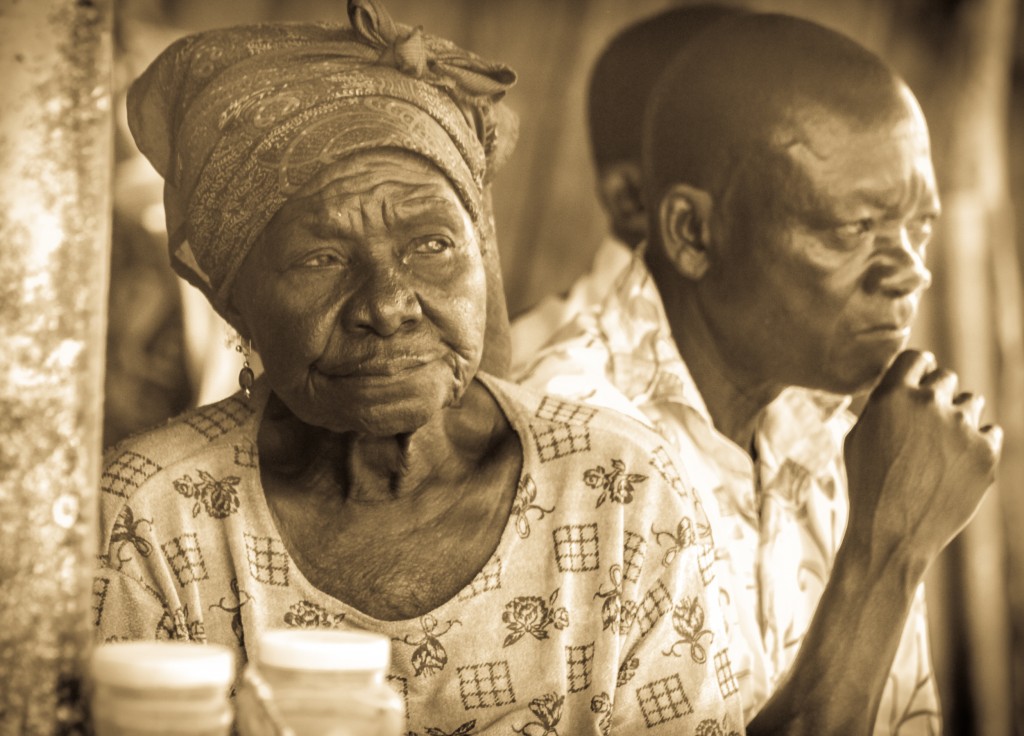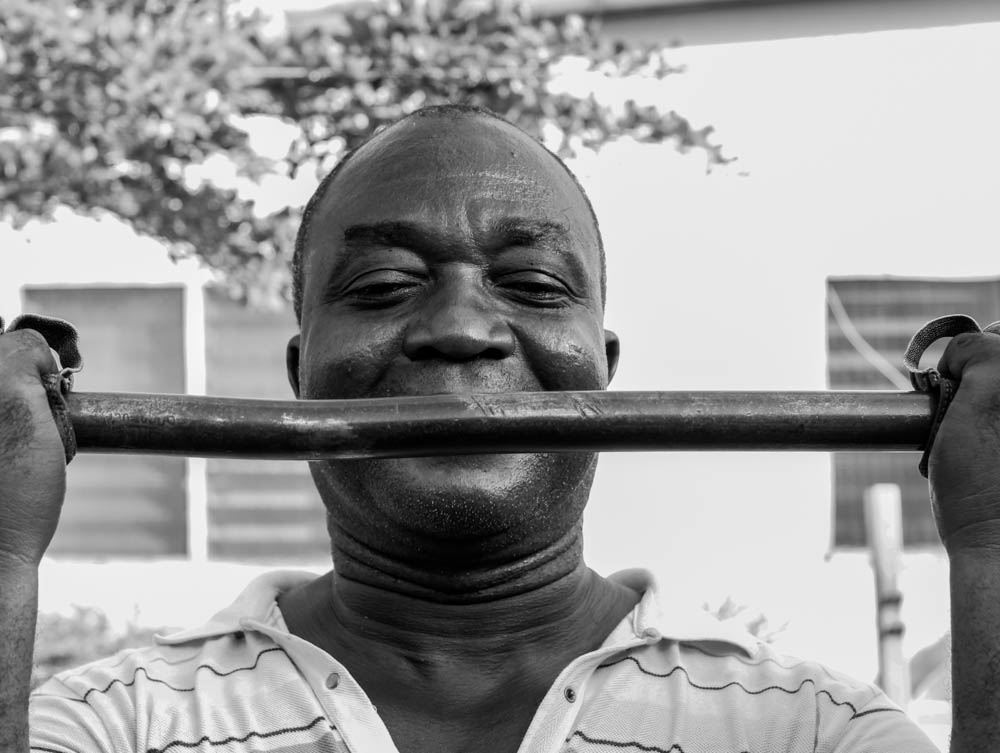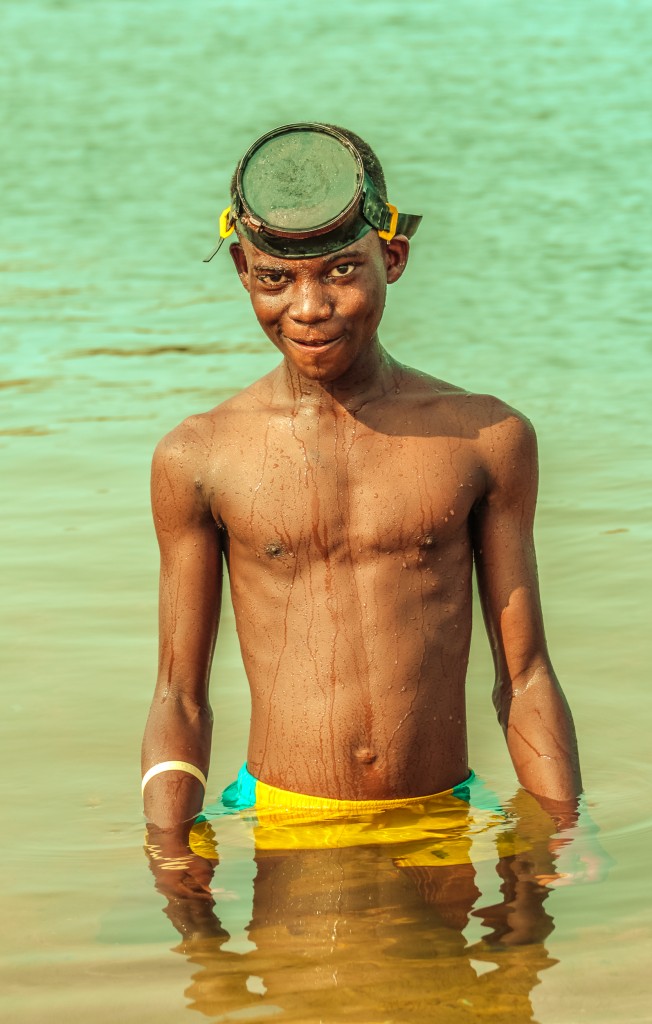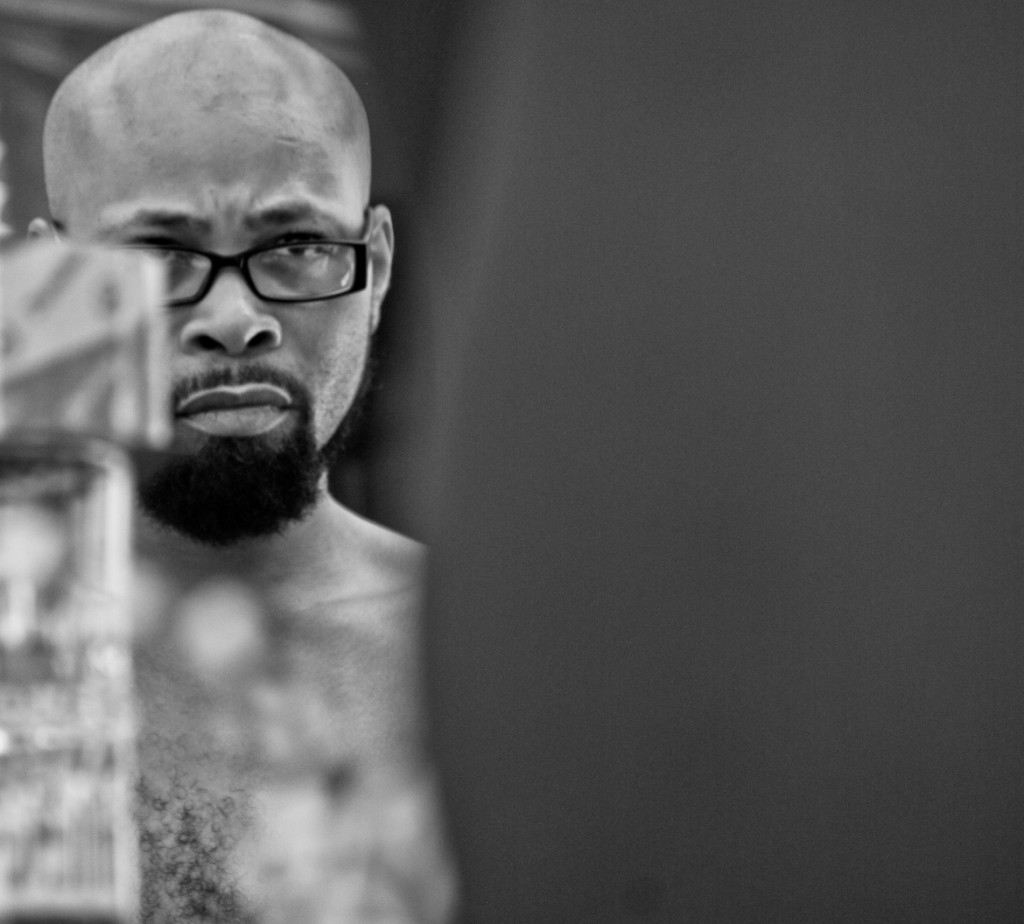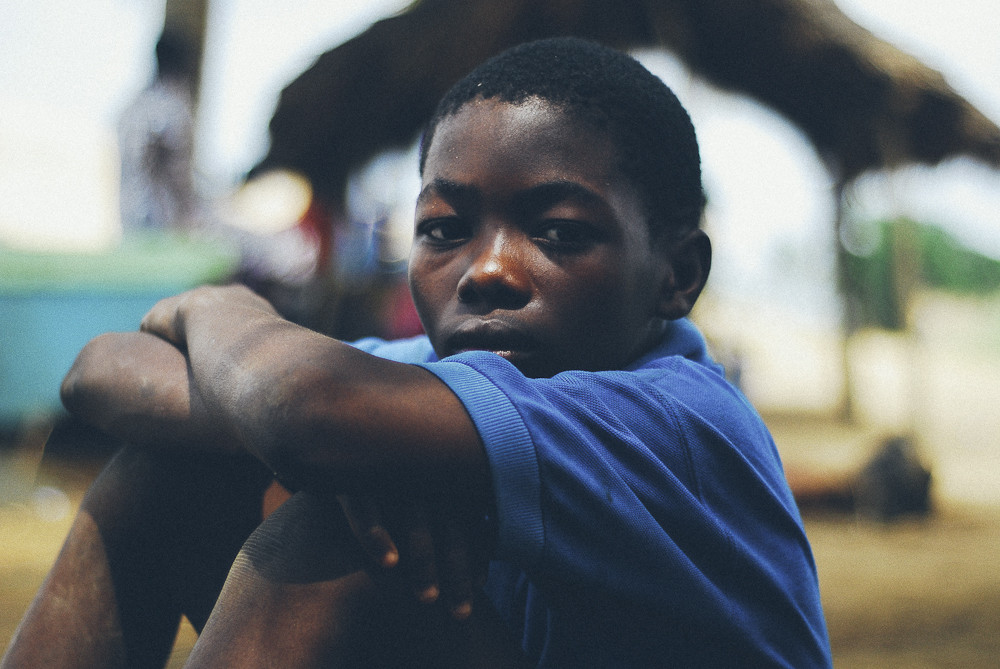Creating conversations
African photography is on the rise. Following decades of photographic misrepresentation by observers from outside the continent, African photographers are now showing the world what they see through their lens. This is Africa spotlights them in a series of interviews.
What do you do when you actually want to draw, but are not very good at it? You become a photographer. At least that’s what Ghanaian Michael Newlove-Mensah did. It felt like photography came natural to him, because he was fascinated about speaking without words since a young age. Keeping an open mind while working is very important to him, because he’s ‘always looking to help bring understanding to issues’. “I aim to tell a story from both sides, so all parties van appreciate it. Experiences and backgrounds normally dictate how we see things and react to them, but I try to look further, not influencing the stories but capturing them as they are.”
Perception
When shooting people in their natural setting, Michael just snaps – everything has to happen spontaneous. According to the photographer we see a bit of ourselves in every frame, because they act like a mirror. “In this I try to capture the essence of the action. As long as it informs, educates and/or changes perceptions, I’m happy. Even better though is when the image actually confronts you and makes you think. In my perception every person is unique and I want to show that even though everybody shares certain similarities each person has their own tasks and their own ways of handling things. Yet we’re all affected by everything that happens around us; it’s that synergy that makes live so unique and interesting for me to capture.”
Hope, kindness and culture
Michael never suffers of a lack of stories to tell since there is always enough going on in Ghana. “The stories are always there”, he says, “I just tell the ones I’m drawn to for whatever reason.” He wants to present his country as it is; ‘a country of beauty, warmth and love’. “Filled with people full of hope, kindness and a very rich and diverse culture.” He does understand however that they also have their bad days and faults just like any other society. But according to Michael these aspects bring forth their strength. “You will know this if you have ever interacted with a Ghanaian”, he laughs. His agenda only beholds portraying Ghana as he sees it, hoping for an effect, a reaction or a conversation at best. In the future he hopes to show his work around the world, being able to draw parallels with stories from all these different parts of the globe. “Hopefully leading to conversations that can heal and create understanding.”
High speed
Capturing so many different aspects of society requires Michael to be able to quickly adapt to any setting. He never knows where the story might take him. The most important thing for him is the story and like said before, there is no short supply of that. “We are in a very interesting time where information flows constantly at high speed and as photographers we have to jump in to that. For years a negative perception has been created of life in Africa and with all the technology that has become available over the past years we are able to change that perception. Things are getting clearer now and our photographs are the missing frames to a better view. The Ghanaians are here now, with our cameras.”
Improving
With that it also helps that the photography scene in Ghana is constantly improving according to Michael. Not only the photographers skill set and technical know-how, but also the understanding of more accomplished photographers by taking workshops and looking at others work. “We are fortunate to be home to some of the most legendary photographers with international exposure, like James Banor and Chris Hesse. They motivated a new generation of photographers like Nii Obodai who again hold the doors to upcoming artists like myself.” He sees the same happening in other African countries with people like Emeka Okereke. “All in all, there is a positively conscious movement that produce photographs that represent Africa in it’s own light and glory and it’s done by African photographic talents. That’s a very good thing.”
Read the original article on This is Africa




